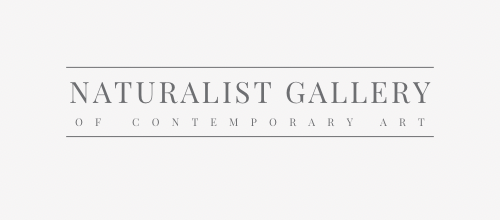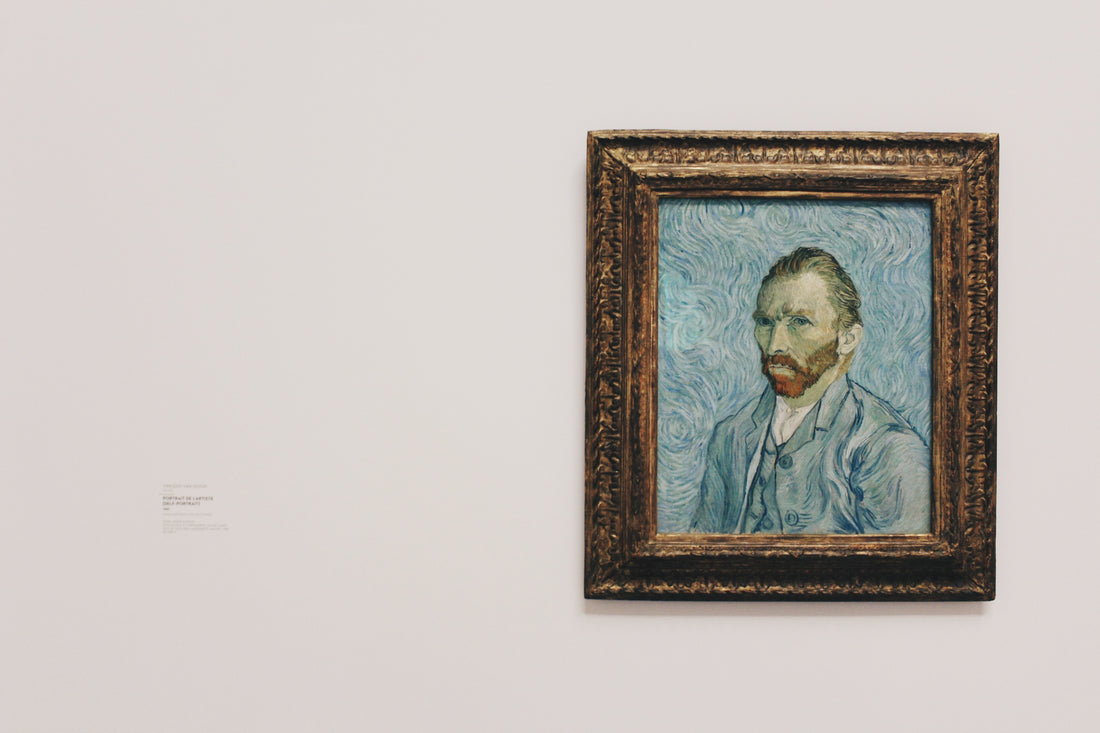As an artist, it's essential to have a comprehensive understanding of the business side of the art world.
A certificate of authenticity is a document accompanying artwork that verifies its origin, authorship, and value, providing assurance to buyers and collectors.
One crucial tool in your arsenal is a certificate of authenticity (COA). In this guide, we will provide you with a step-by-step process to create a professional and effective certificate of authenticity for your artwork. By streamlining this process, you'll have more time to focus on your art and showcase it on your online portfolio.
Naturalist Gallery creates and sends COAs for every print and original sold in the gallery. Upon sale, they are emailed to the artist to print, hand-sign, and mail to the buyer along with the art. Apply for Art Consignment. Apply to Release Limited Edition Prints.

Table of Contents:
- What is a Certificate of Authenticity?
- Why You Need a Certificate of Authenticity for Artwork
- Creating a Certificate of Authenticity 3.1 Elements to Include in a COA 3.2 Additional Sections for Consideration 3.3 Using a Certificate of Authenticity Template
- Tips for Designing a Professional COA
- Handling Certificates of Authenticity
- Online Portfolios and Selling Artwork
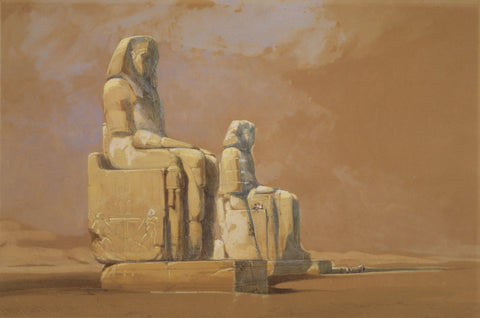
Section 1: What is a Certificate of Authenticity?
A certificate of authenticity (COA) is a document that accompanies each artwork and verifies its authenticity. It establishes the artwork's provenance and declares that it was created by the artist. A COA plays a crucial role in determining the artwork's value and provides assurance to collectors and buyers.
Section 2: Why You Need a Certificate of Authenticity for Artwork
Benefits of a COA:
- Proving origin: A COA confirms that the artwork is genuine and created by the artist.
- Establishing provenance: It documents the artwork's history, including previous owners and exhibitions, enhancing its value.
- Record of sale: A COA serves as a receipt and record of the artwork's purchase, ensuring transparency and facilitating future transactions.
- Credibility: The presence of a COA adds credibility and trustworthiness to your artwork, particularly for serious art collectors.
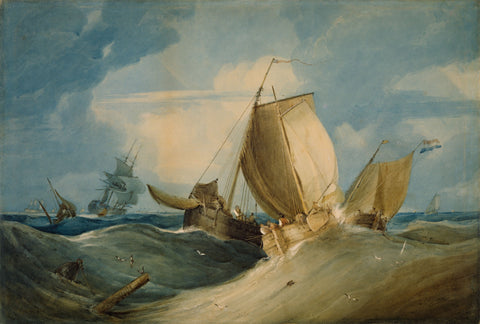
Section 3: Creating a Certificate of Authenticity
Steps to create a COA:
- Essential elements: Include the artwork's title, artist's name, creation date, medium, dimensions, and a unique identification number.
- Additional sections: Consider adding an artist statement, description of the artwork, and any relevant exhibition history.
- Certificate of authenticity template: Streamline the process by using a pre-designed template, ensuring consistency and professionalism.
Section 4: Tips for Designing a Professional COA
Design considerations for your COA:
- High-quality paper: Use archival-quality paper to ensure durability and longevity.
- Reflect your brand: Match the COA's design and aesthetics with your artwork and overall brand identity.
- Stickers for identification: Consider using holographic stickers or embossing techniques to prevent forgery and provide easy identification.
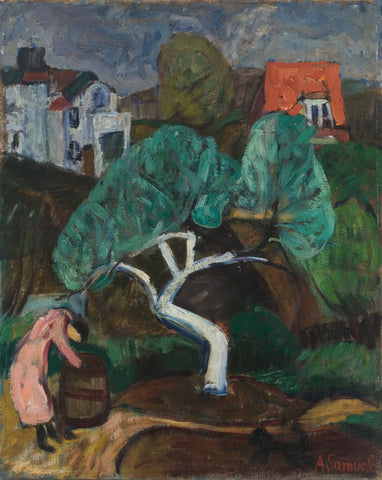
Section 5: Handling Certificates of Authenticity
Considerations for handling COAs:
- Direct sales: Provide a physical copy of the COA to the buyer, securely attached to the artwork or delivered separately.
- Gallery representation: Coordinate with galleries to ensure they receive a copy of the COA for their records.
- Updated contact information: Keep your contact details and online portfolio up to date for future authentication inquiries or follow-ups.
Section 6: Online Portfolios and Selling Artwork as an Artist
Benefits of an online portfolio:
- Showcase artwork: Use a website builder to create an online portfolio and display your artwork in a visually appealing and organized manner.
- Integrated online store: Sell your artwork directly through your website, making it convenient for potential buyers.
- Blogging tool: Share insights about your artistic process, exhibitions, and inspirations to engage with your audience.
- Instagram integration: Connect your Instagram account to your website to expand your reach and attract more visitors.
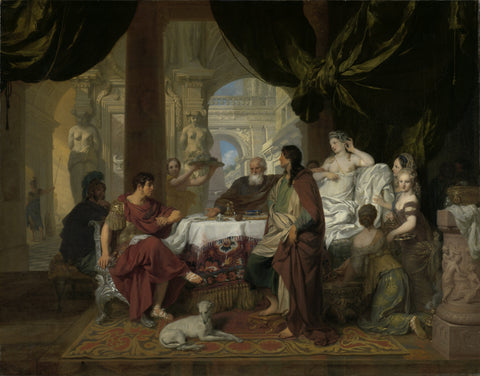
Explore our curated selections of contemporary artists from around the world.
Naturalist Gallery sends certificates of authenticity for artists to sign and mail to the buyer upon sale of their art. Fine art prints are released by the gallery with contemporary artists internationally. Apply your art. Sell your originals at Naturalist Gallery with Art Consignment.
By following this comprehensive guide, you will have all the necessary knowledge and tools to create professional certificates of authenticity for your artwork. Remember, a well-designed COA adds credibility to your work, assists with establishing provenance, and facilitates future sales. With your COAs in place, you can confidently welcome collectors and focus on what truly matters—creating and sharing your art with the world.

You may also find the following articles helpful:
How to Sell Art Online and Make Money
Art Prints vs. Original Paintings: A Guide for Artists and Art Buyers
Limited Edition Prints vs. Artist's Proofs: Explaining the Difference
Investing in Limited Edition Art Prints: A Comprehensive Guide
Limited Edition vs. Open Edition Prints: Understanding the Difference
